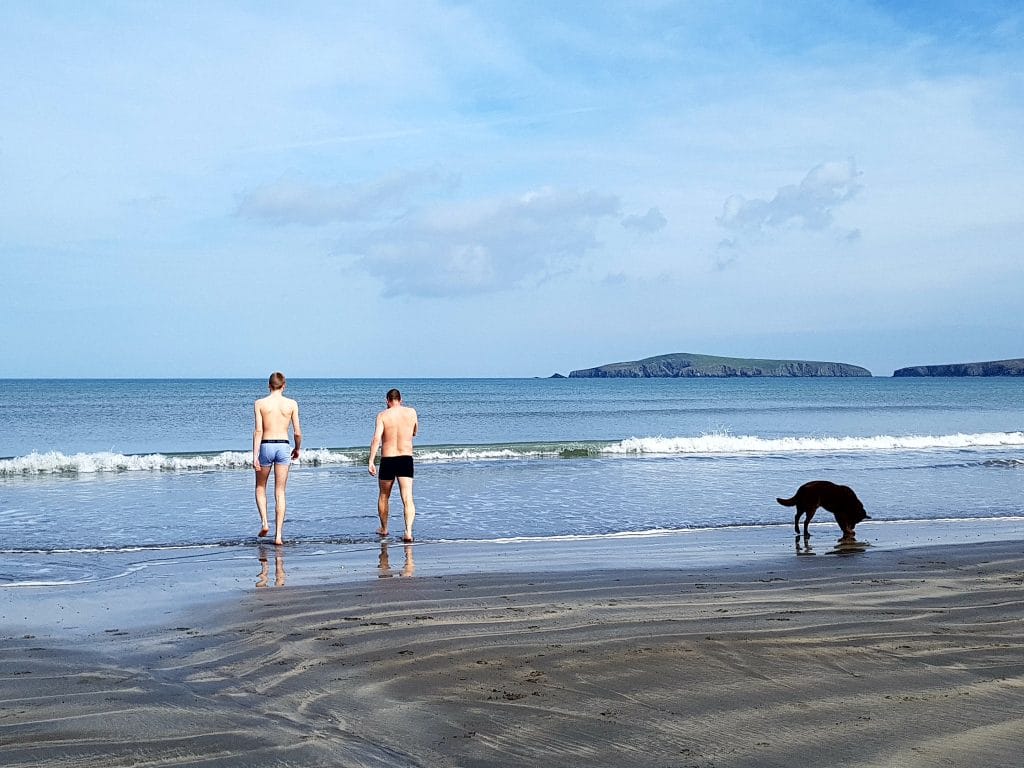Available to Everybody
We haven’t evolved to swim distances. The four competitive strokes are by their nature restricting. They are products of learnt patterns of movement designed to get us through the water as fast and efficiently as possible. Repeated use over time is likely to cause us some kind of trouble. Compare with natural, reflex human movement like walking, which you can’t really overdo. It might be a mistake to view swimming like that.
If you’re learning to swim, you need to focus on enjoying the support of the water and develop a feel for it through play. Don’t be too fixed on the goal of being able to swim lengths for exercise. Swimming up and down without freedom of movement does nobody any good.
If I want to swim with the Alexander Technique, the cornerstones of which are non-doing and direction of energy, I can do without conventional strokes, and I can certainly do without trying to get them ‘right’!
I have photos of myself as an infant, always tilting my head to one side. The twist that causes this is related to mild hearing difficulty, left eye/ right hand dominance and a retained baby reflex which hinders independence of the head from the neck and back when turning. It persists in every activity of life for me. So swimming the four strokes, with all the head movement it entails, creates problems for my neck. Floating face down, on the other hand, and doing a bit of movement from that foundation, does me the world of good.
On my last swim of the summer holidays, I went for a 20 minute dip in the sea at Aberporth. My intention was to be creative and I decided not to do anything that could be construed as a proper, conventional stroke.
I started with some crawl but rolled all the way on to my back every time I needed to breathe. It felt odd, stopping and starting, like I teach learners to do. But I knew it would be better for my neck and I kept going till I arrived at the last buoy from the shore.
On the way back I began to play with breaststroke. At first, when I popped out of the water for a breath, I looked to the left and then to the right, to help stop my head from fixing in its twist as I rolled it out to breathe.
Then, without any real planning, a new breaststroke sequence began to emerge. Face down, head resting underwater, I did a big arm sweep and a kick then a smaller sweep and another kick, before popping out for a leisurely breath on the third stroke. I was spending more time underwater, relaxing, and less time bobbing up for air. This produced a definite rhythm – my own rhythm. I felt like the ‘bloke on holiday’ I try to encourage non-swimmers to be. And my neck was fine when I got out.
‘You were a long time,’ said my friend Clive.


